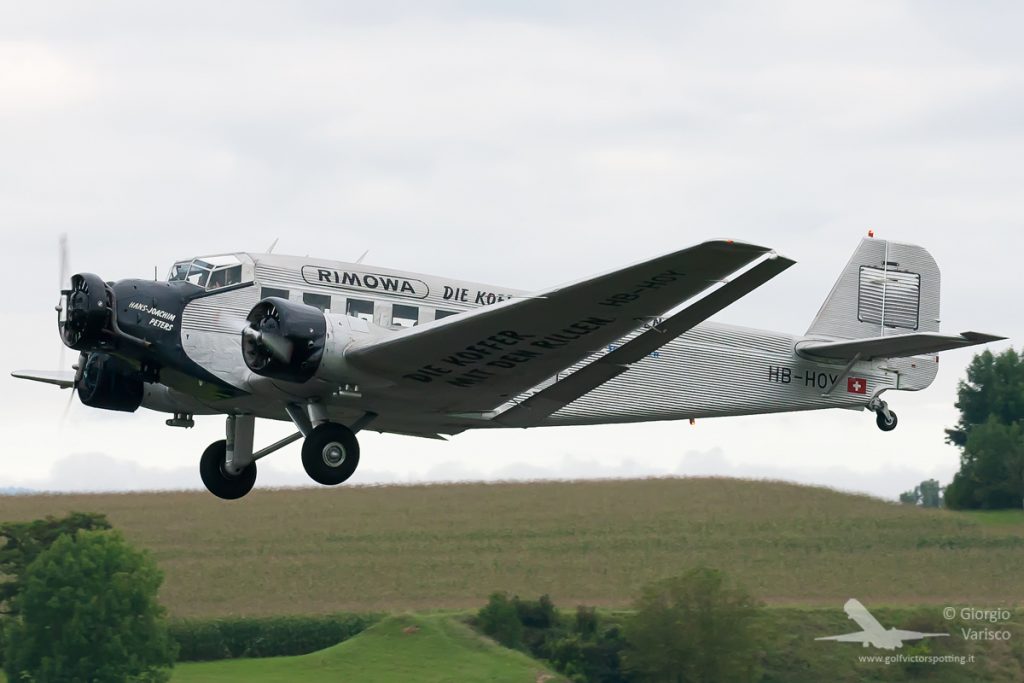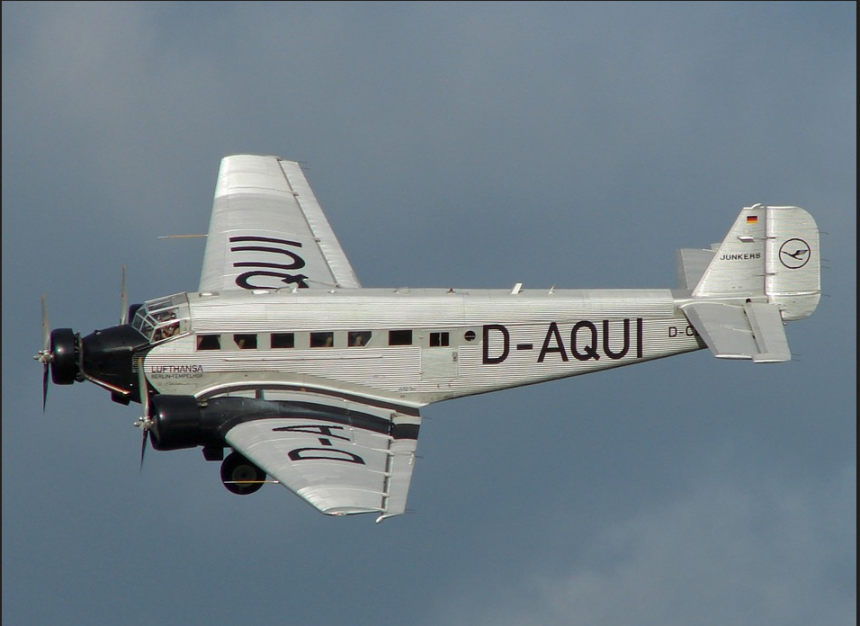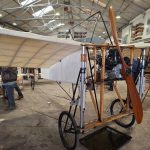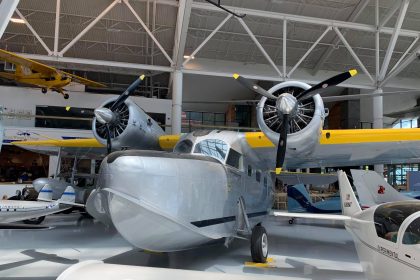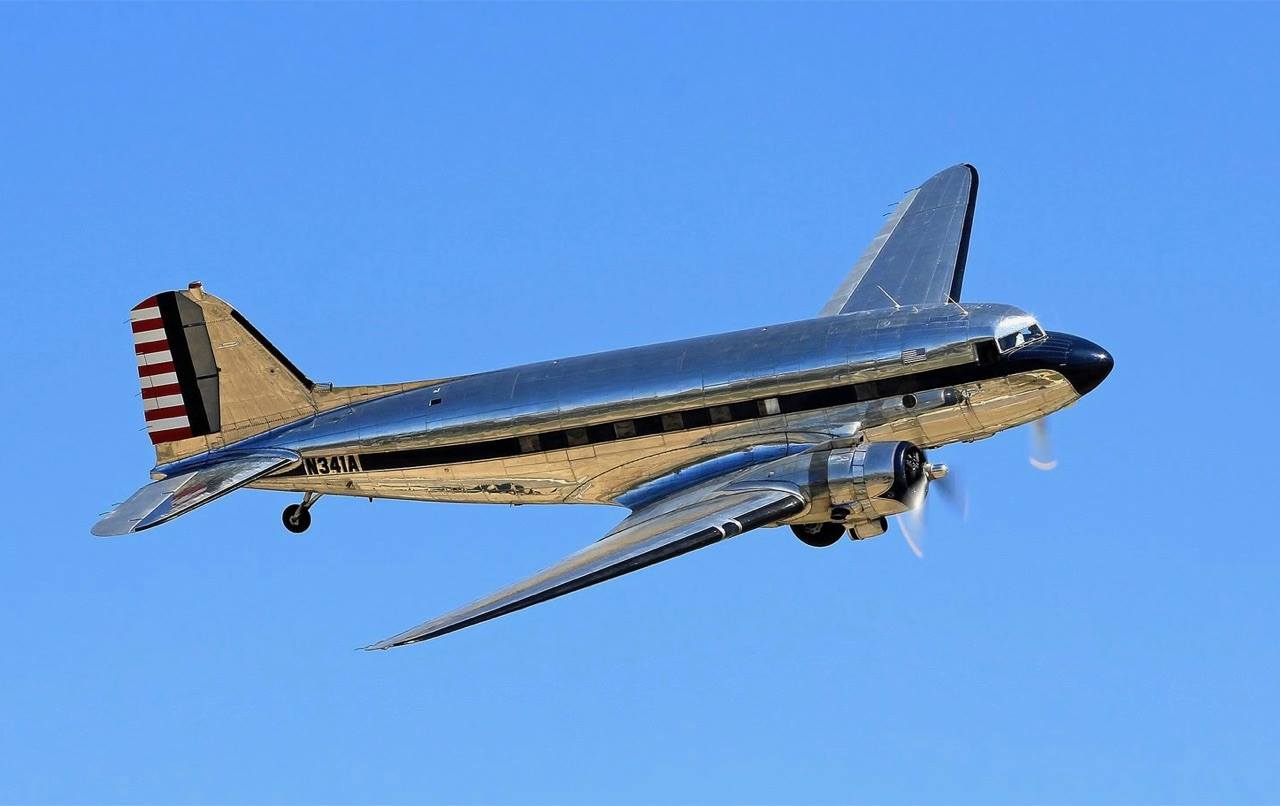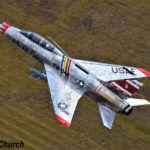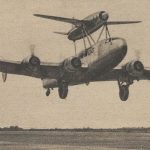On this day in aviation history, March 7, 1932, the Junkers Ju 52/3M took to the skies for the first time. Designed in the 1920s by Ernst Zindel, this transport aircraft emerged during German demilitarization following the Treaty of Versailles. Germany’s defeat in World War I imposed strict restrictions on military production, but the country was still permitted to develop commercial aviation. As air travel expanded globally, Germany sought to establish a world-class airliner, leading to the birth of the Ju 52.
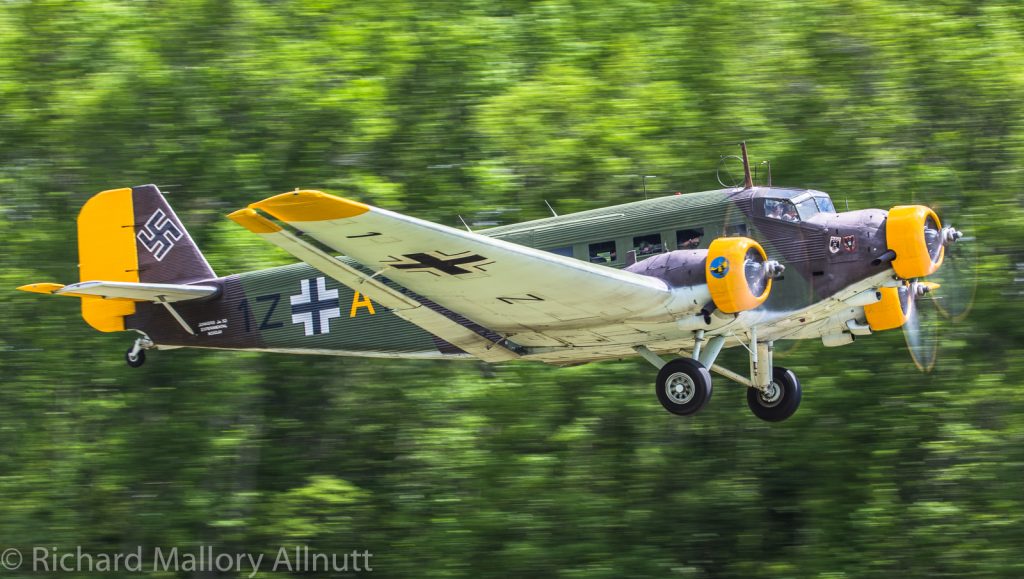
Often referred to as “Iron Annie” or “Aunt Ju” (“Tante Ju”), the Ju 52 was distinguished by its signature corrugated metal skin—a hallmark of Junkers aircraft. Powered by three BMW 132-A3 radial engines, the aircraft reached a top speed of 165 miles per hour. While not the fastest aircraft of its time, the Ju 52 was celebrated for its durability and reliability. The corrugated metal construction enhanced airframe strength, albeit at the cost of increased drag. The 17-seat Ju 52/3m variant became a mainstay in commercial aviation throughout the 1920s and 1930s, serving Lufthansa and other airlines worldwide.

The Ju 52 transitioned into wartime service as Germany escalated its military ambitions. It was first deployed during the Spanish Civil War, a precursor to its extensive role in World War II. Throughout the war, the Ju 52 performed a variety of missions, including paratroop drops and supply transport. In some cases, it was adapted as a bomber, capable of carrying up to 500 kg (1,100 lbs) of bombs. The aircraft was armed with two 7.92 mm MG 15 machine guns mounted in dorsal and dustbin turrets for self-defense.
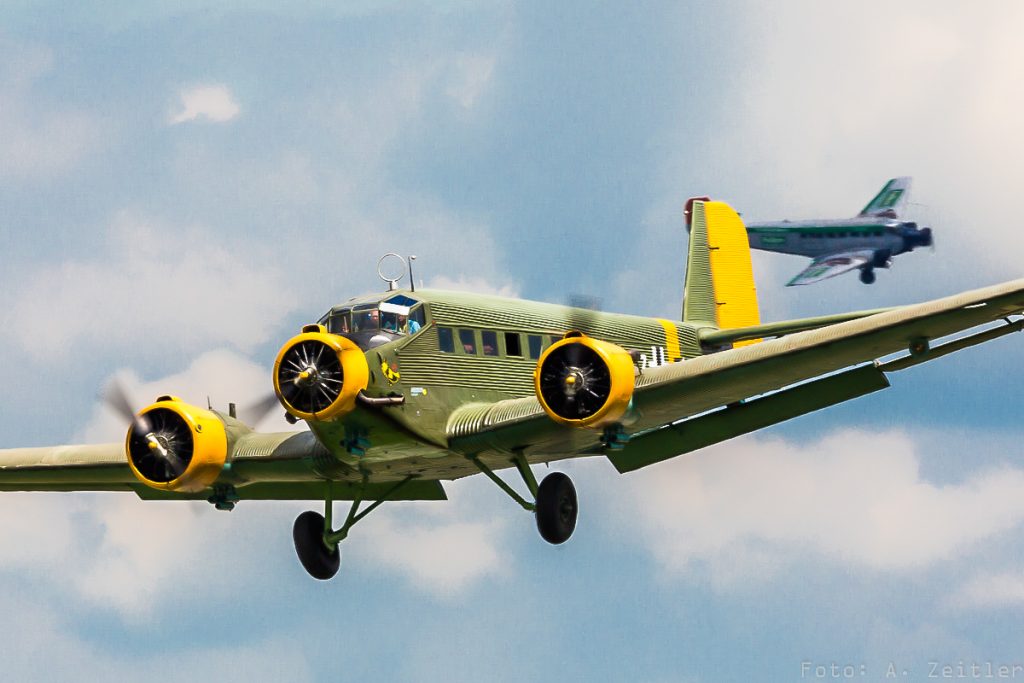
Today, a handful of Junkers Ju 52s remain airworthy, with one notable example in the United States—a CASA 352 restored to represent a Ju 52/3m, operated by the Military Aviation Museum. Many more “Iron Annies” are preserved in museums worldwide, serving as enduring reminders of this iconic aircraft’s storied past.
